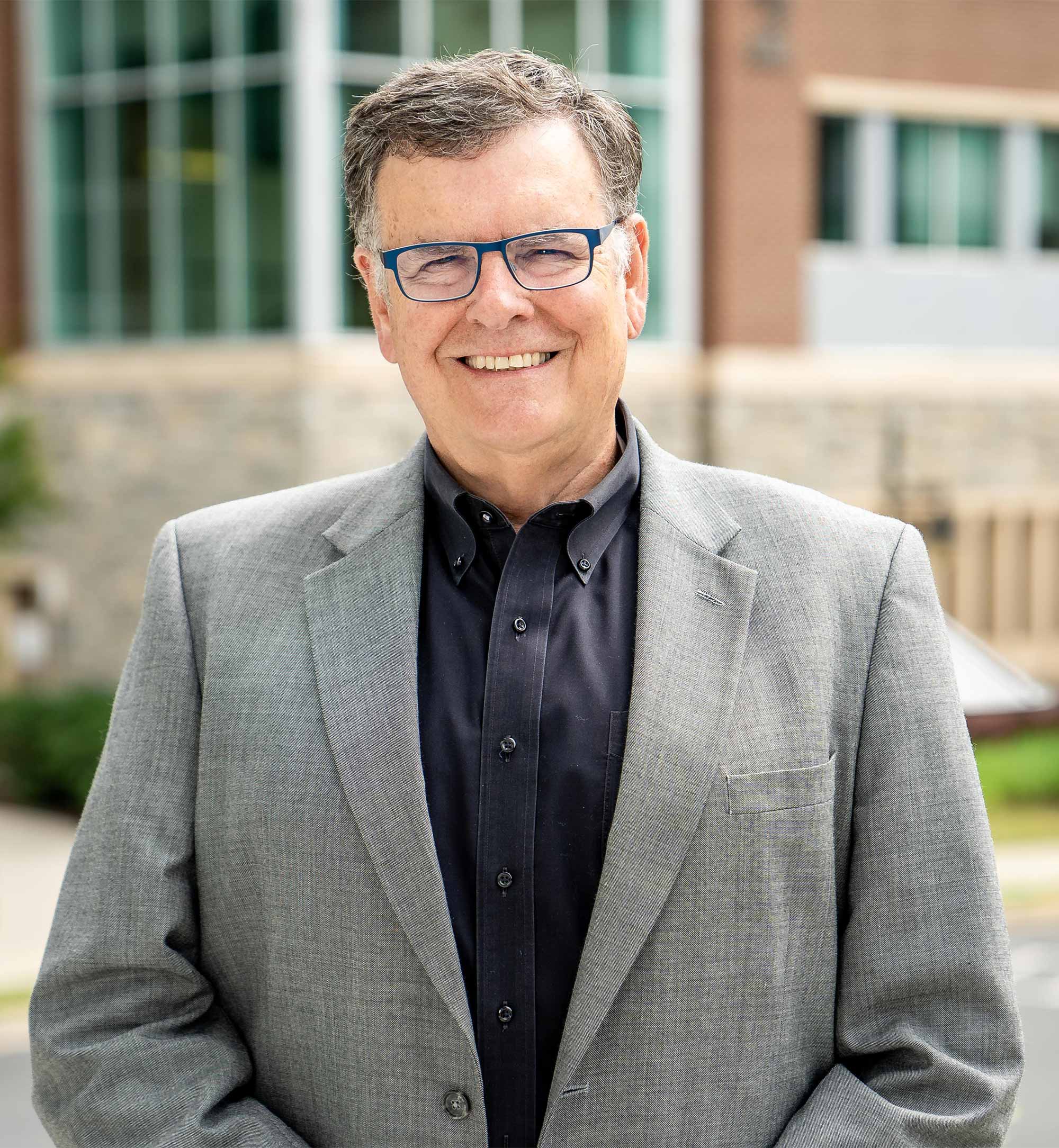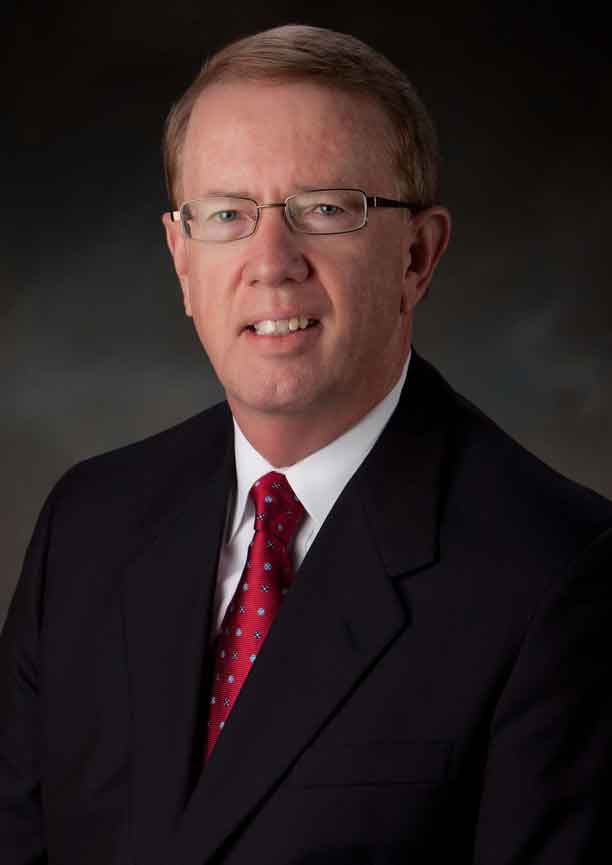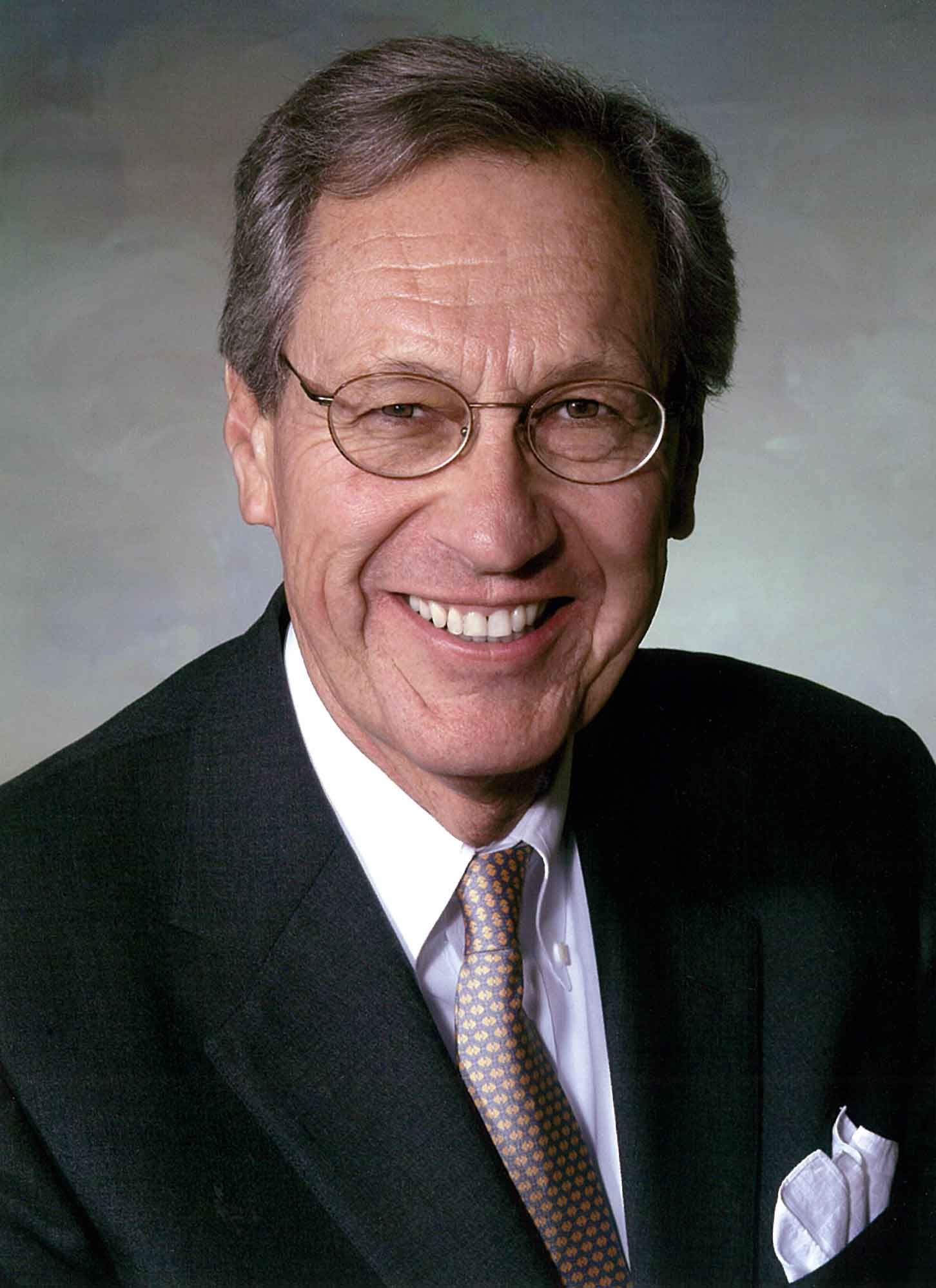Deborah L. Petrine was born to a mother who was one of eleven children in the Glenvar area in Roanoke County. Her mother Dorothy King Martin, like women of the era was a homemaker and tended to her two children. Her children describe her as the strongest person they have ever known.
Debbie’s father Gerald Martin was also a Virginia native who grew up in Goodview and the Mt. Pleasant neighborhood before settling with his young family in Glenvar. Most people recall that her dad was one of the nice guys, his career began with the NS railroad which kept him away from home a good deal until Debbie turned 15. Upon his retirement from the railroad, he began a second career and owned/operated a gas station and repair shop on Route 460.
Young Debbie attended Ft. Lewis Elementary for grades K-7 and then went on to Glenvar High School during the first year the high school had a senior class. Her high school years began with Debbie wanting to accomplish her dream of becoming a majorette, but to make that happen she had to be a member of the band, and participate in concert season, quickly she learned how to play the clarinet. She made her dream come true and in the last two years of school she left behind the majorette role to become a cheerleader and became captain of the squad her senior year. Debbie was also a member of the yearbook staff. Her academic performance was strong and instead of studying in her later years of high school she worked in the school office. The time spent in the office allowed her to perfect her typing skills. During the school year Debbie also did bookkeeping for her father’s gas station and her brother learned how to repair trucks at the same time.
Her poise and focus on a goal led to her applying to her being selected to the Miller-Rhodes department store teen board, along with this role of representing her school she modeled clothes on the runway in the store’s tearoom. Her time at Glenvar HS led to the start of many opportunities including a part-time job at the local John Deere dealer. The location had never had a secretary and thought their best tactic would be to ask if the school could recommend a good student typist. Without hesitation Debbie was the first person they suggested, and she was able to earn much needed money to begin paying for her post high school education. Debbie was a first-generation college student and started her advanced education journey at Virginia Western Community College before finishing her undergrad work at Virginia Tech.
Once at VT she was only able to secure wait staff work that would fit her study schedule, this was a great concern knowing the price tag for attending college. Debbie recalled that the Sales Manager at the John Deere dealership had shared how proud he was of her being accepted at VT and said if there was ever “anything I can do for you, please give me a call”. In addition, Debbie had made this sales manager a convert from dictating to someone who wrote in shorthand to being impressed with her speed in typing his dictations with accuracy. Well, with Debbie’s limited on campus work options she felt that she needed to reach for a lifeline and called the sales manager. He reminded her of a John Deere customer who not only bought parts for machines but owned other businesses like a health care facility in the New River area and suggested she call him. Her immediate reaction to the health care suggestion was that they were seeking a CNA and she knew that was not her goal or her strength.
That one call led to her being placed amid a business deal typing up documents for a big project a “certificate of need” for the growing health care center in Blacksburg. As fall rolled around, they asked Debbie to stay on and she was more than willing, thinking “I got a real job”. They continued to work around her academic schedule. She literally grew up at the Heritage Hall facility, progressing from receptionist to Administrator of the facility working daily with the two owners.
Her super typing skills had put her in the driver’s seat for the rest of her working career upon graduation from VT in 1978. Debbie then enrolled in the A-I-T Preceptor program to take on the role of Administrator, and on to Regional Administrator, Purchase agent, Human Resources Director, and Director of Administrative Services (working with vendors) this twenty-year journey of being with Heritage Hall was engaging because of the staff, team spirit and positive impact they had on residents. Debbie’s talent was recognized by the Chair of the company who approached her in February of 1987 to offer the position of COO/ President which she accepted. In this new role she was witness to and the driving force of the business growing from a few to eighteen skilled nursing facilities, eight assisted living centers, a Home Health Company and a pharmacy company. Yet, Debbie’s vast knowledge of Certificates of Need developed her skills and tenacity to bargain, testify and envision facilities with improved services for a rehabilitating and an aging population. She sums up her joy in the leadership of health care facilities is working with multitudes of people, solving problems, and making life better for those entrusted to her companies’ care.
Like anyone who grows up and receives their education you need to leave the nest and see what else the world has to offer, this was the case for Debbie. Her informative years in the nursing care industry at Heritage Hall lasted 20 years with the one organization, it was time for her to put her knowledge to work in a different setting. As a result of her leadership roles, she had met many health care leaders and owners at seminars and workshops and one individual who was changing the senior living landscape with new adult health care facilities was real estate developer James R. Smith.
Debbie was blessed to have the encouragement of husband Jim, an entrepreneur who had already established his successful business and with that she went into partnership with Mr. Smith in 1995 after sketching out their terms of the business on the back of an envelope at lunch. The business theory they agreed upon was to build the business to a certain size and then sell. Debbie’s extensive knowledge about operations and development led to founding a business to create more facilities while signing onto debt and earning ownership through “sweat equity”. Debbie was the one that brought the operations side, and Jim provided funds and keen development acumen, but the infancy of the business was challenging. One of the situations that arose was in Richmond, VA where the state took over a facility that had lost Medicare and Medicaid funding due to non-compliance with state and federal regulations. Debbie was hired by Medicaid to get the facility in compliance and fully certified. This work jumpstarted the business. Jim and Debbie replaced many older facilities with modern facilities, policies and procedures were developed, and the company grew in a five-year span to fourteen facilities in Virginia and a managed facility in North Carolina, with another company divested 51% of the company with 49% remaining with Jim and Debbie and two other partners. Debbie continued to run the company until the remaining 49% was acquired.
Six years in partnership with Jim Smith real estate developer led to Debbie, wanting more in the adult care industry and in 2001 she reached out to her husband and three partners whom she had a good prior working relationship with, to ask if they would step out with her to create a new destiny and business plan. The new business CCR, Inc. (Commonwealth Care of Roanoke) was an opportunity to build a company, establish a culture and have control of their destiny. They agreed and recognized Debbie’s strength and how passionate she was about the operations side of the business. Two of the partners, (one has since retired) had senior positions in the business aligned with their expertise.
Her vision was to build facilities that incorporate the name of the locale with a local feel and the new buildings’ culture and design would lend to making a positive difference for the residents and patients. The reality is that for some residents this will be their last domicile. Skilled nursing facilities are expensive to build and to fill them up is expensive. You must take on risk, invest large sums of money and sign on to personal debt. In her current position of Chairman & CEO, Debbie has more time dedicated to acquisition, advocacy, and the company’s “service excellence” culture.
The first facility location was in Pennington Gap, VA in Lee County, the last town in Virginia before crossing over the border to TN. This acquisition happened in August and by January two more skilled nursing centers were developed in Radford and Clifton Forge. Over the years the Commonwealth Care twelve skilled nursing facilities have stretched from the SW tip of Virginia to northern Virginia and with the growth the company has always looked at how to “build a better mouse trap”. This theory has led to be a leader in the use of tele-health/tele-medicine. Having a chance to participate in gerontology research/studies through Virginia Tech and Radford University that evaluates the impact of light on persons with dementia or Alzheimer’s disease. Getting a better understanding about why health is comprised from taking a fall, and how to prevent falls before they happen. Services provided include wound care and diagnostics and looking for ways to continue participating in trial bases studies.
Debbie’s drive and attention to detail caught the eye of others in her industry and that led to several awards and appointments to the board. In 2005, Petrine received the Virginia Health Care Association’s James G. Dutton Award for lifetime achievement in the long-term care field. In 2010, she added a new responsibility to her already full schedule at CCR — serving as president of Longleaf Senior Living LLC, in North Carolina.
Giving back to the university is top priority for Petrine, who has been a member and chair of the advisory board for the management department at Pamplin and is currently a cabinet member on the Pamplin Advisory Council. She has also served as a chair and member on the advisory board for the Virginia Tech Center for Gerontology and on the Virginia Tech Carilion School of Medicine Advisory Board, among several appointments.
Petrine received the Pamplin Distinguished Alumni Award in 2011, the same year she was tapped by the governor for the Board of Visitors. In 2013, she was put on the presidential search committee. “It was an exciting time — our decision would be shaping the future of the university — and I was very honored to be a part of it, especially as an alumna,” she said.
One of her most honored times in life was having Governor McDonnell appoint her to the Virginia Tech board of directors from 2011 to 2019. She felt doubly honored when elected rector in 2014: “it is one thing to be appointed by the governor, but it is quite another to be trusted by your peers to lead them. “As for her pioneering role on the board, she said: “I honestly didn’t give a lot of thought to the female aspect, but I know that many women were excited, and I so appreciate that.”
Petrine said that her business expertise has been a definite asset, leading her to serve on and later chair the board’s finance and audit committee. She was the Board of Visitor liaison with the Virginia Tech Carilion School of Medicine Integration Committee as the school was integrated as a college at Virginia Tech. She continues to provide support and outreach on behalf of Roanoke VTC Academic Health Center which includes the Fralin Biomedical Research Institute at Virginia Tech. During her time on the board, she was instrumental in the selection of Dr. Sands as the new college president his first year at VT was Debbie’s first year as rector, they served their rookie years together. She also served at the time Coach Beamer retired and the search was on to find a coach that could uphold the legacy of VT football.
In the spring of 2019, Debbie was presented the Distinguished Alumni Award from Virginia Western Community College Education Foundation. She serves as the Vice Chair on the VWCC Educational Foundation Board and chair of the Virginia Western Forward Endowment Fund initiative. She also serves on the Feeding Southwest Virginia board of directors.
Her advice to young people is “you can make a difference in someone’s life every day. It can be positive or negative but focus on the positive. “Debbie wanted to share that a title doesn’t define your effectiveness as a leader. Be a team player, led by example make the coffee for your employees, and make work pleasant. When asked what she would say about her success, she stated for time spent at work you need to work hard, enjoy it and commit to a work/life balance. She often encourages her staff not to miss life events “you don’t get a do over on some things”.
Deborah Petrine was inducted into the Southwest Virginia Business Hall of Fame in 2020.










